Mazda’s MX-30 is a good-looking little electric crossover that’s terrific to drive, one of the very few electric cars that feels light and agile.
That’s largely because – at 35.5kWh – its battery is around half the size and weight of that found in most electric cars.
As such, range is a paltry 124 miles, and on a winter’s night in Scotland with the heater and lights on you’d be lucky to cover 80 miles in it.
This is the reason you hardly ever see an MX-30 on the road.
But that might be about to change.
Mazda is introducing a new version of the MX-30 that uses a small petrol engine to give the car a much greater range.
The tiny 830cc engine never actually drives the car. Instead it acts as a generator, topping up the battery when power is getting low.
Range anxiety solved by Mazda with new MX-30 R-EV
Instead of being able to cover 124 miles, this version can go as far as 400 miles on a full battery and a full tank of fuel, completely solving range anxiety.
Mazda have given this new model the somewhat unwieldy title of the MX-30 R-EV.
I headed to Wales to be among the first Scottish journalists to try the new car.
At 17.5kWh, the battery is even smaller than in the fully electric version.
But that shouldn’t matter, as the petrol engine rides to the rescue when range dwindles.
According to Mazda, the MX-30 R-EV will do just over 50 miles on fully electric power.
This chimes with my experience. It was a good hour after I set off before I heard the low rumble of the petrol engine flaring into life.
Left to its own devices, the petrol engine will kick in once the battery drops to 43%, to ensure plenty of power for longer journeys.
You can switch it to EV mode, however, which keeps the petrol engine inactive until the battery is almost fully depleted.
This is useful when you know your journey can be completed on battery power and you’ll be able to plug in.
It’s a good-looking car, with a cute yet punchy appearance.
Mazda have resurrected the rear-hinged doors that worked to good effect on its iconic RX-8 sports car (it also uses a Wankel rotary engine, as the RX-8 did).
MX-30 R-EV is a dynamic drive
These open the opposite way to normal rear doors and are given the somewhat troubling title of ‘suicide doors’. In any case, they look rather good.
The MX-30 doesn’t have much room in the back, however, so it’s a car best suited to couples or families with younger children.
I really liked the MX-30 R-EV’s driving dynamics.
It still feels lightweight and nimble, with none of the heavy braking or wallowy cornering that many EVs have.
The petrol engine can be a little intrusive when it kicks in but the idea is that you’ll do virtually all of your daily driving on battery power and the petrol unit will only be needed on long trips.
The MX-30 is fairly affordable, with prices starting from £31,250 for entry-level cars, or from about £300 a month for a lease deal.
Even the most basic versions get a 7.0in touchscreen, Apple CarPlay and a reversing camera.
Exclusive Line (info in the facts box is for this model) costs another £1,900 and adds front parking sensors, electric seats and a fancier interior.
Top-spec Makoto models cost £36,000 and come with a heated steering wheel, sunroof and Bose stereo.
It’s amazing what a difference a relatively small change can make to a car’s fortunes. The fully electric MX-30 is a lot of fun to drive but has such a poor range that it makes little sense for anyone who doesn’t live in a large city.
By adding a range-extender, Mazda have retained all of the best points of the MX-30 but opened ownership up to a much wider range of buyers.
I expect it will do well.
Facts:
Price: £33,150
0-62mph: 9.1 seconds
Top speed: 87mph
Economy: 282.5mpg
CO2 emissions: 21g/km
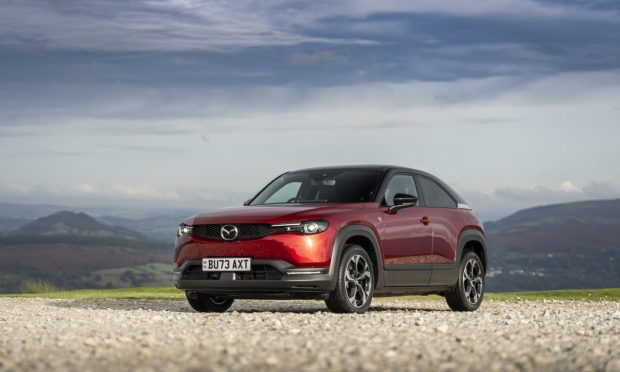
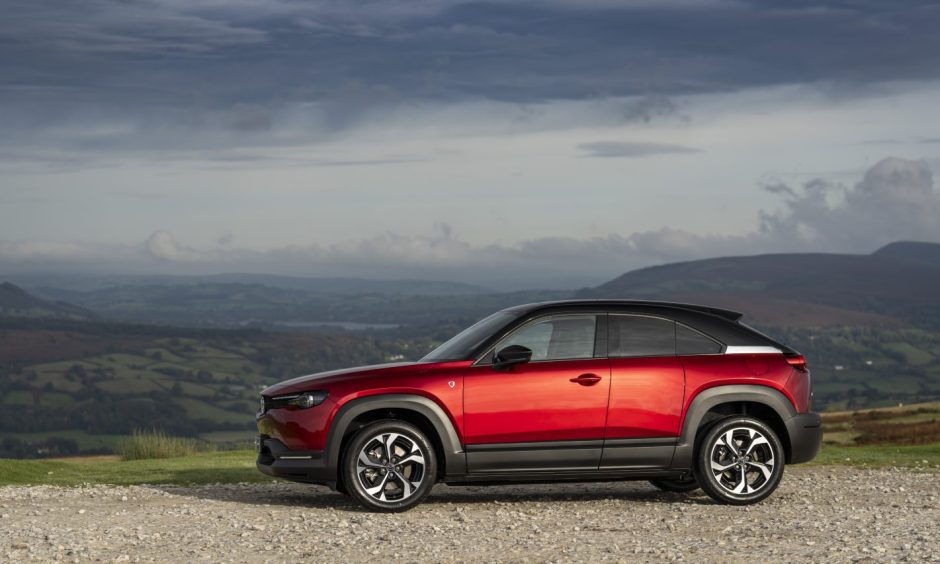
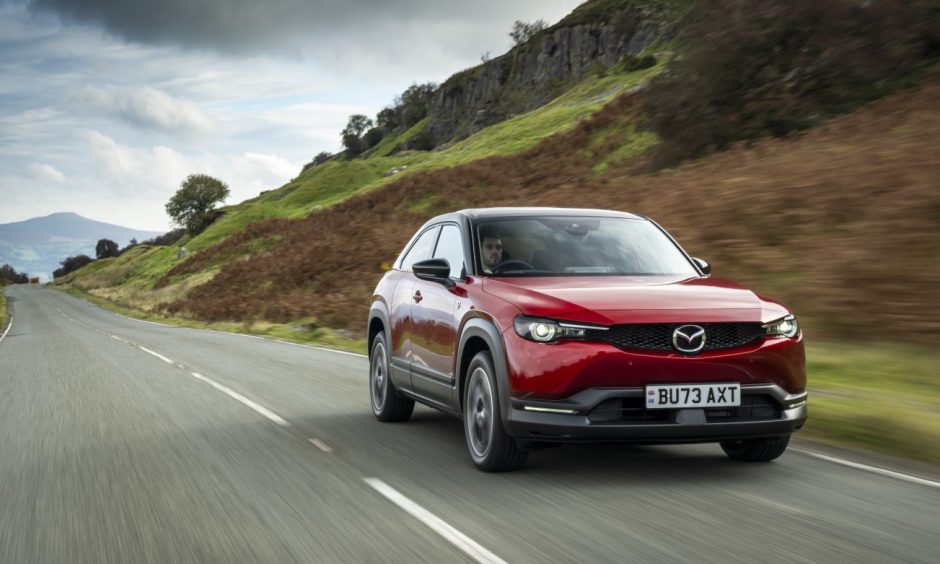
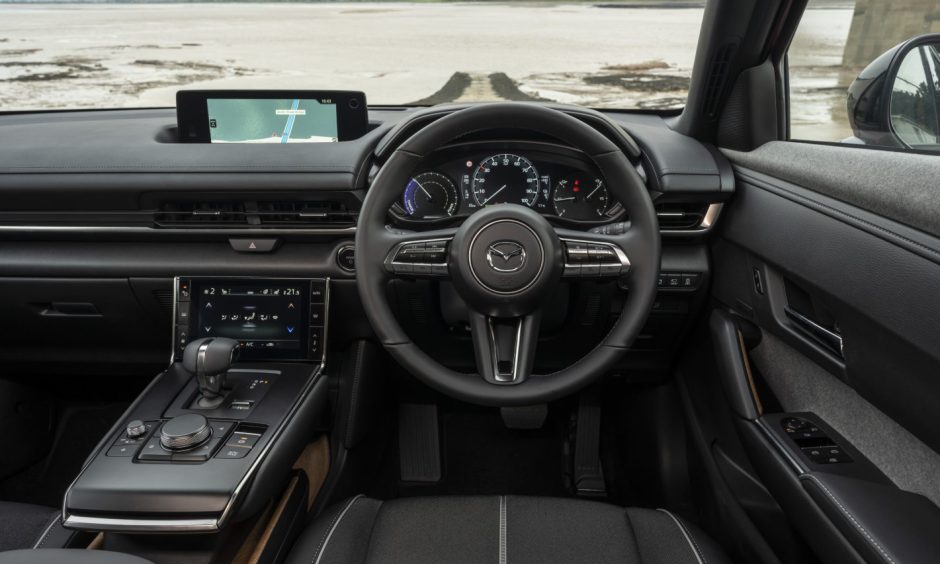
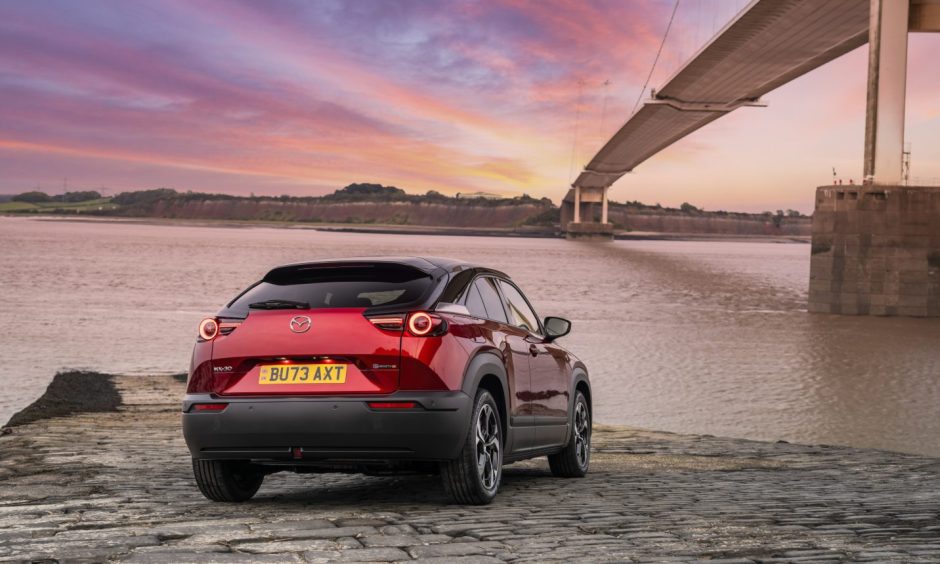
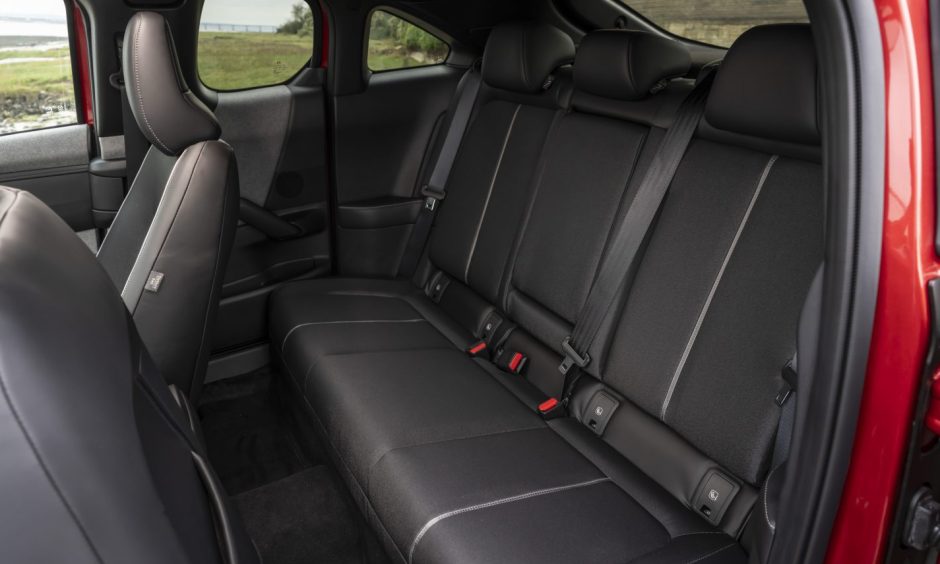
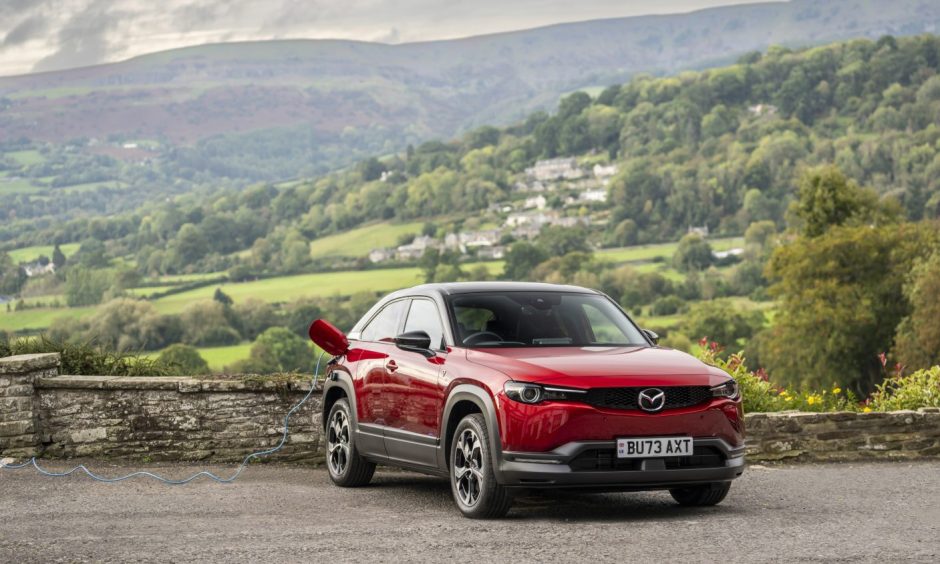
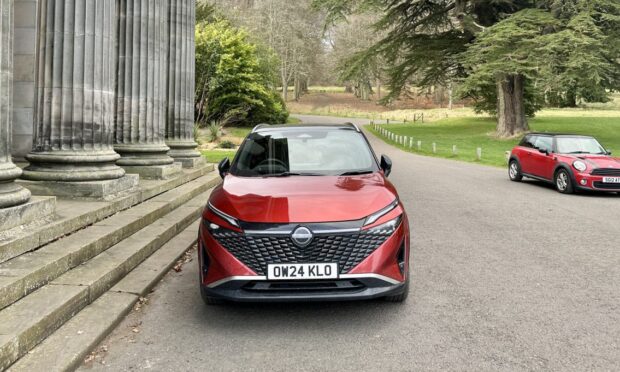
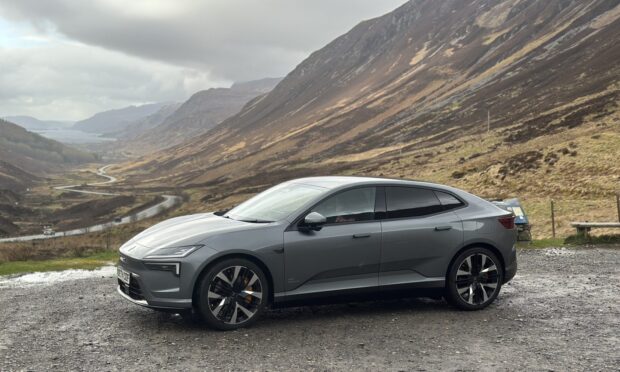
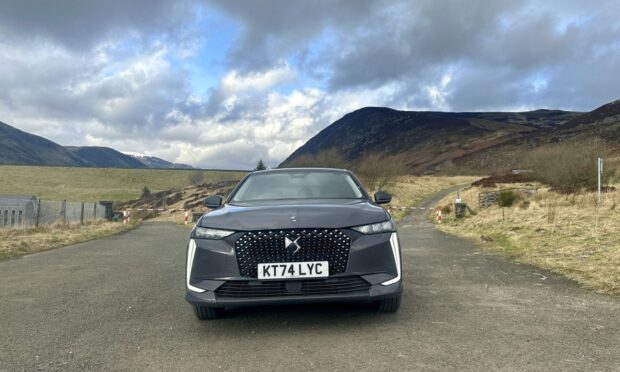

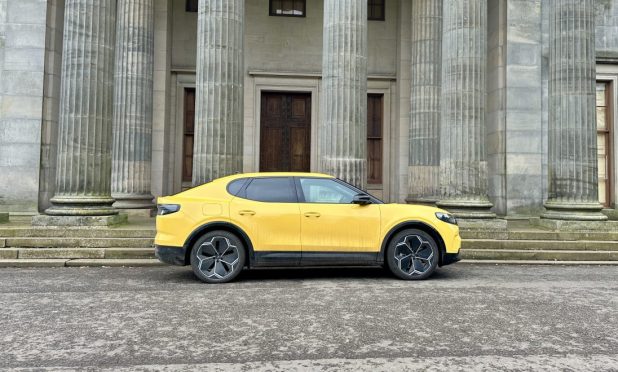


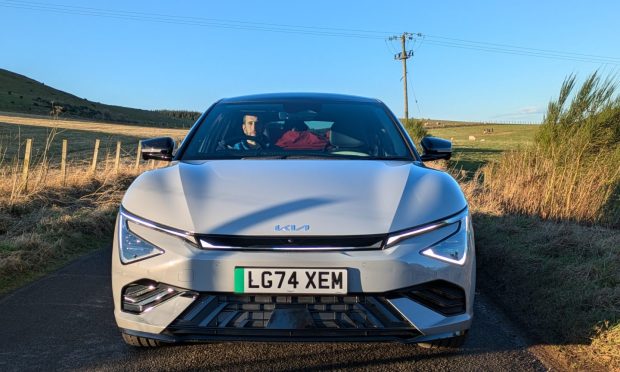
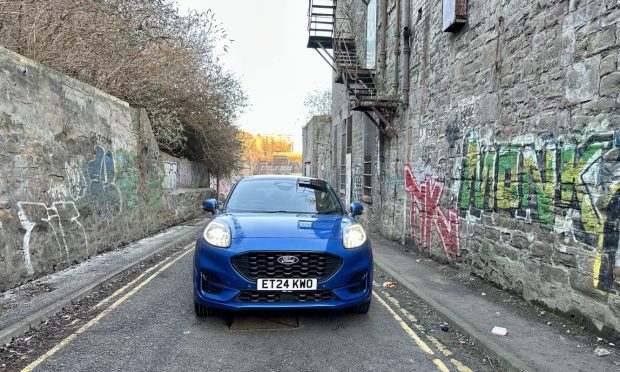
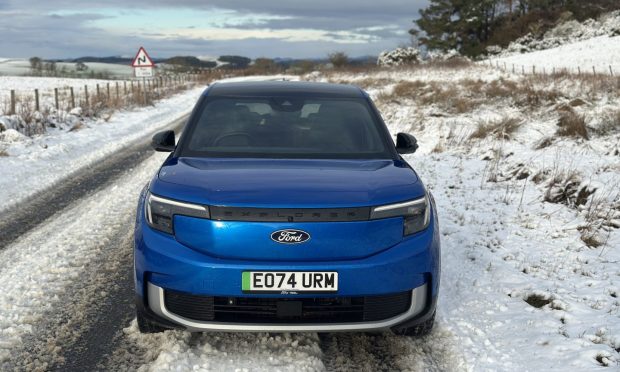
Conversation